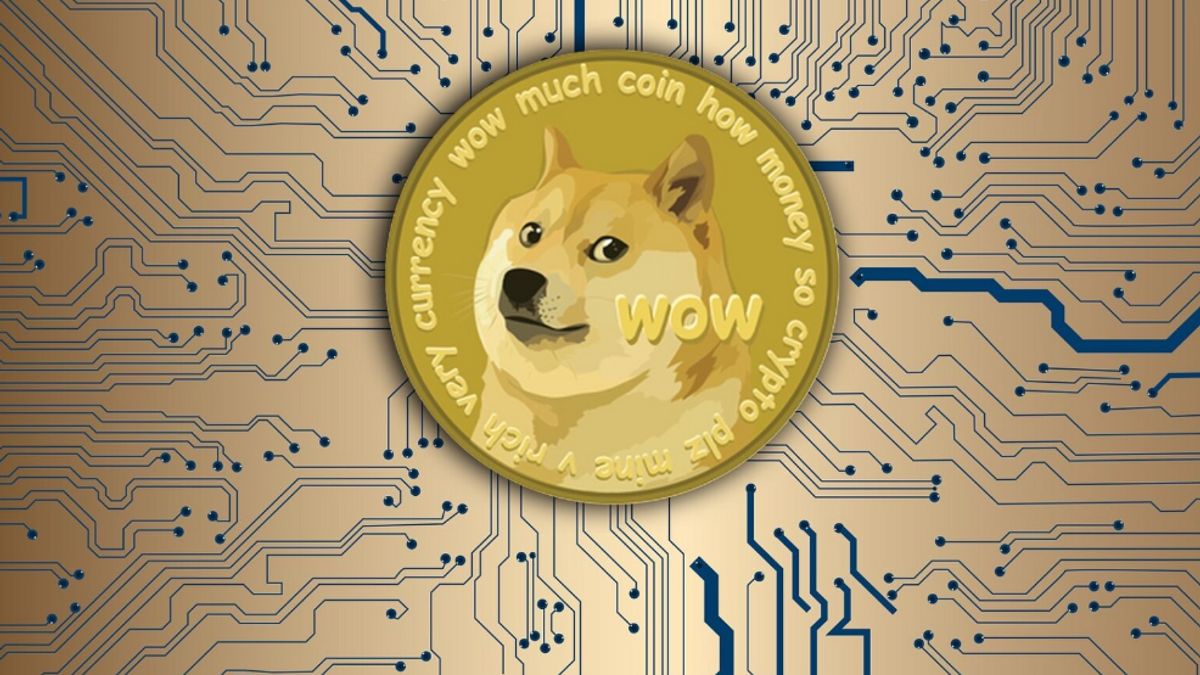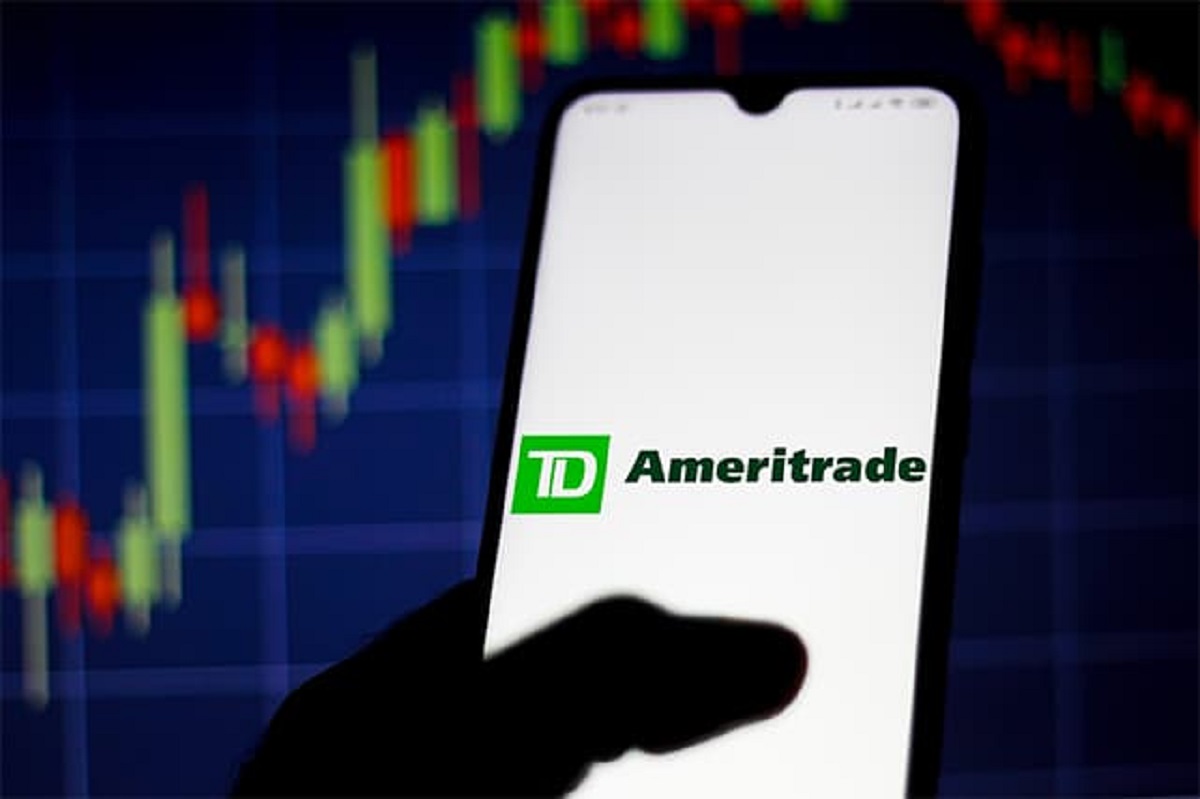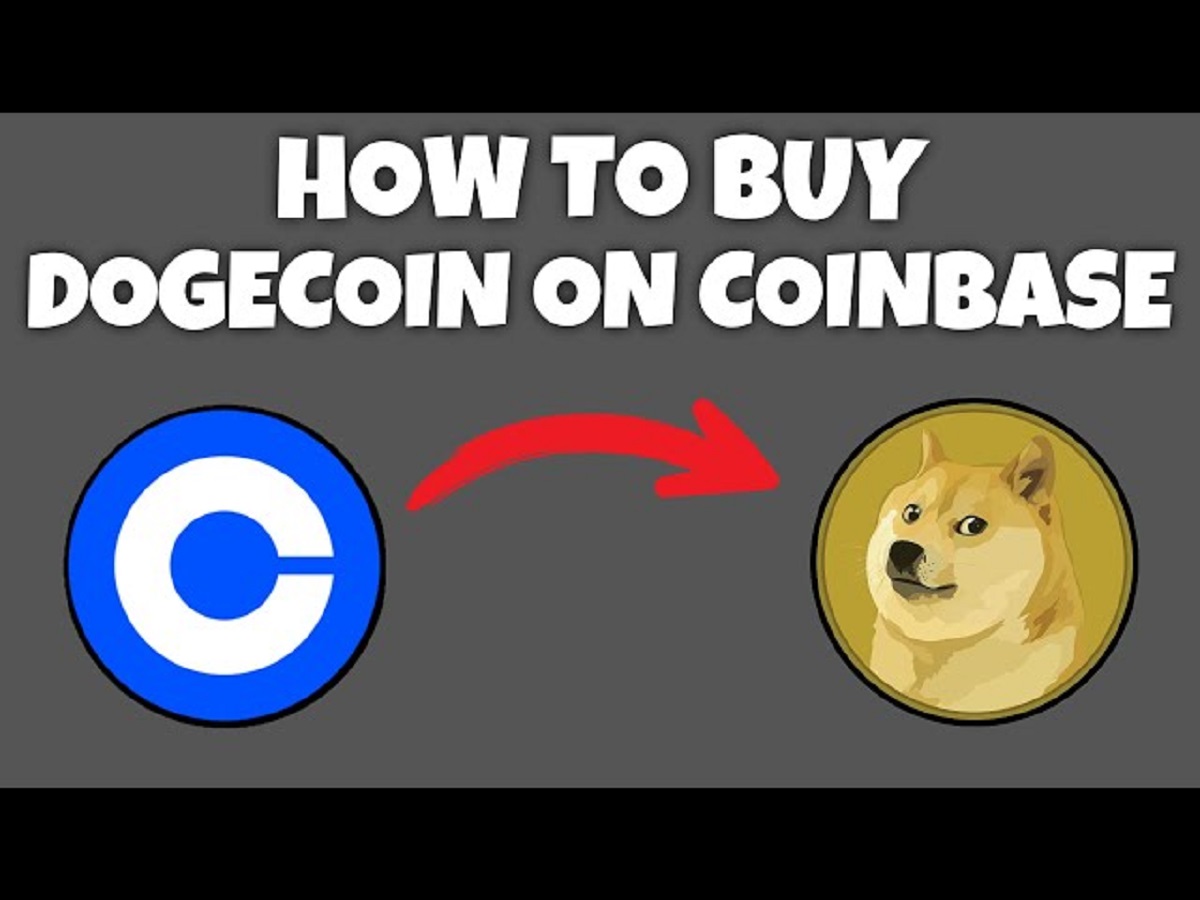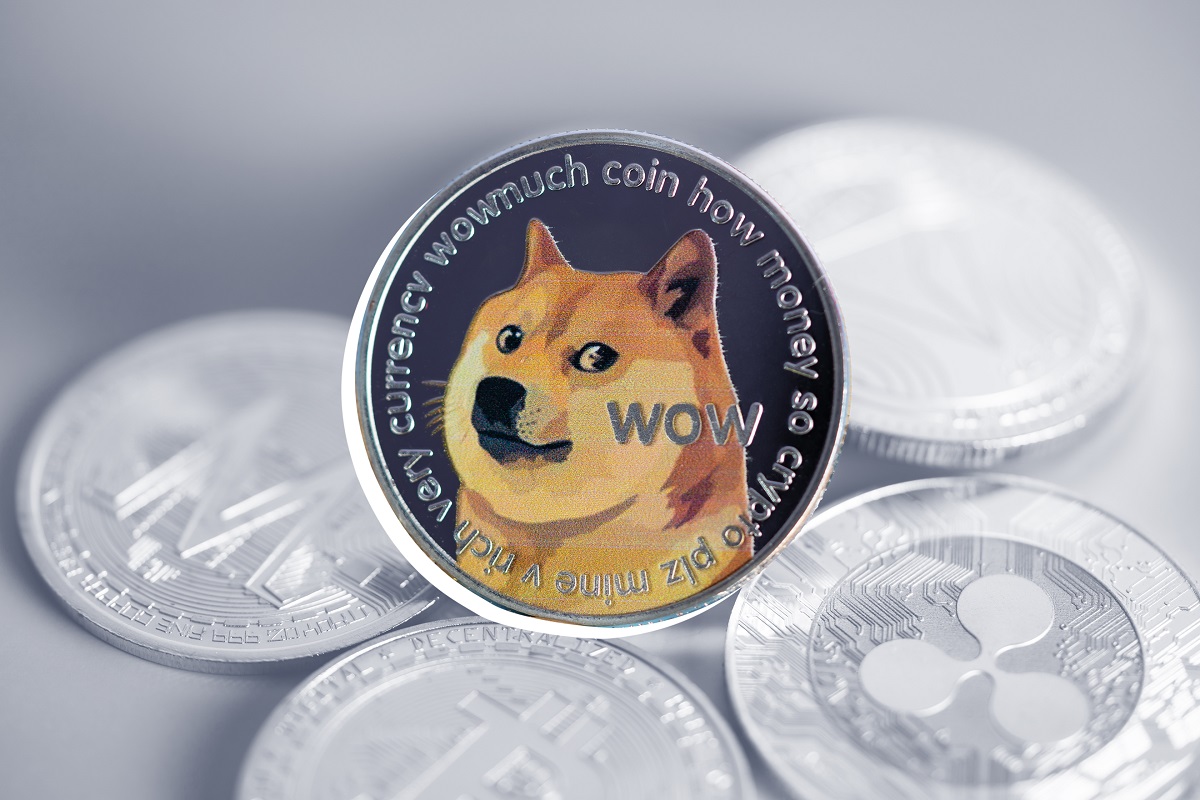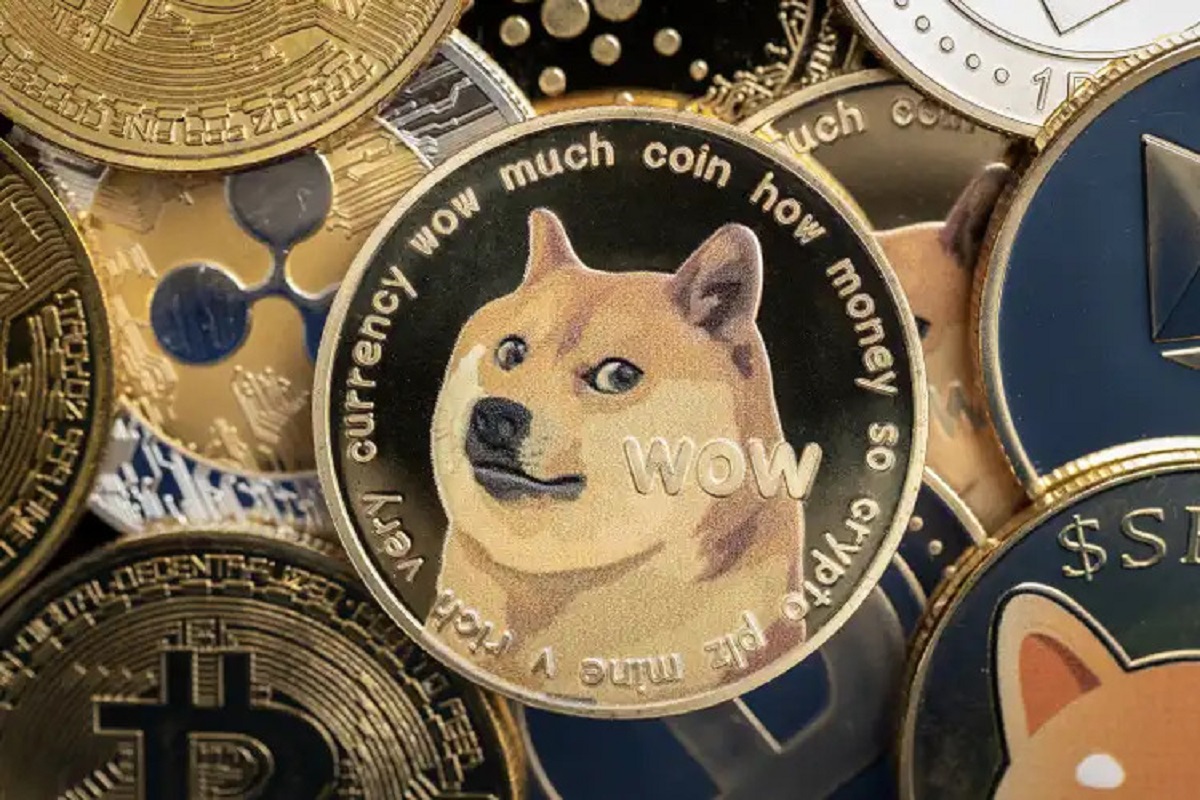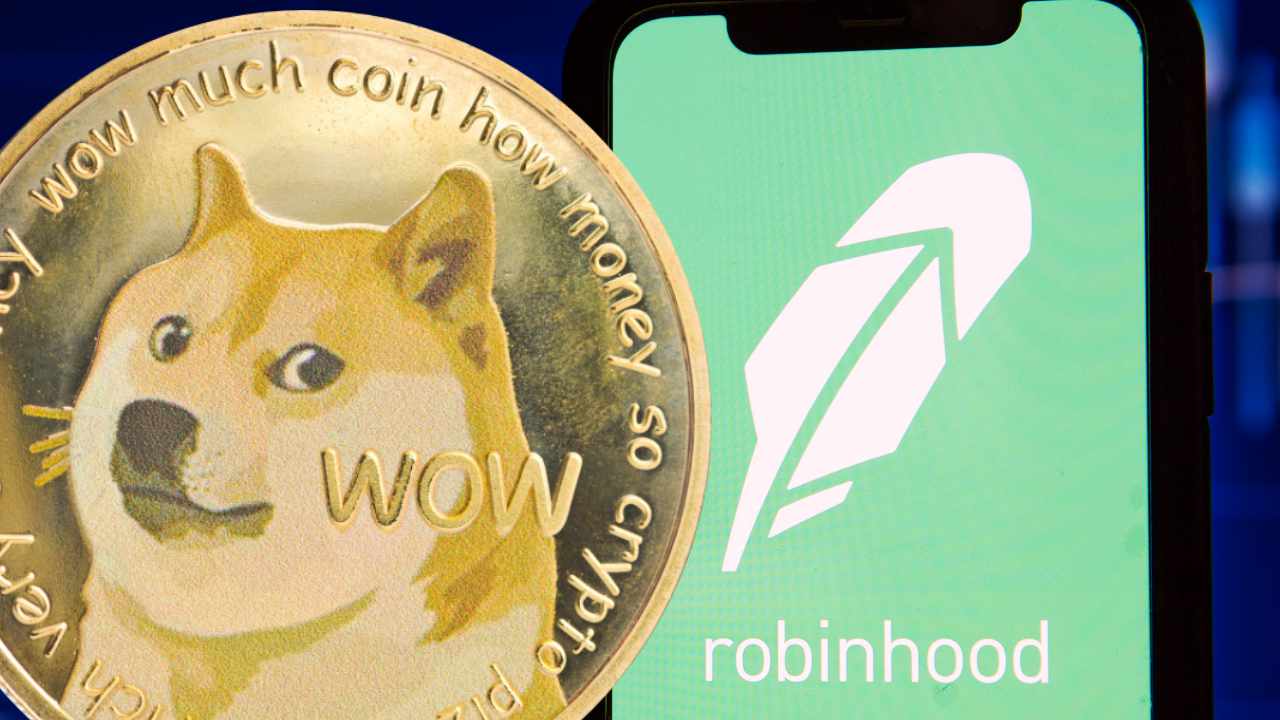Introduction
Dogecoin, a cryptocurrency that originated from an internet meme, has taken the world by storm. With its adorable Shiba Inu logo and a passionate community, it has gained a substantial following and become one of the most talked-about digital currencies today. But have you ever wondered who started Dogecoin and how it came into existence? In this article, we will delve into the fascinating story behind Dogecoin’s birth and the individuals behind its creation.
Dogecoin was introduced to the world in December 2013, during the heyday of the cryptocurrency revolution. It emerged as a humor-filled alternative to the more serious and technical digital currencies like Bitcoin and Litecoin. Its creators aimed to bring a fun and light-hearted approach to the crypto world, hoping to attract a different audience.
The name “Dogecoin” was inspired by an internet meme featuring a Shiba Inu dog with captions written in broken English, affectionately referred to as “Doge.” The meme had gained popularity online, with phrases like “such wow” and “very currency” becoming synonymous with the meme itself. These phrases, along with the adorable dog image, would later become an integral part of Dogecoin’s branding.
The story of Dogecoin begins with two individuals: Billy Markus, a software engineer, and Jackson Palmer, a marketer. Their paths crossed on a popular online forum and soon sparked a conversation about the potential of creating a cryptocurrency based on the Doge meme. Both shared a vision of bringing something fresh and light-hearted to the crypto space, and thus, the idea of Dogecoin was born.
The Birth of Dogecoin
The idea of creating a cryptocurrency based on the Doge meme quickly gained traction among internet enthusiasts. Billy Markus, a software engineer from IBM, began programming Dogecoin as a side project, leveraging the existing codebase of Litecoin. He wanted to make Dogecoin a fun and accessible digital currency that anyone could use, even those with little technical knowledge.
Meanwhile, Jackson Palmer, a marketer based in Sydney, Australia, caught wind of Markus’ project and saw its potential. He reached out to Markus, and the two decided to collaborate on the development of Dogecoin. Palmer’s marketing skills and Markus’ technical expertise proved to be a formidable combination in turning Dogecoin into a reality.
On December 6, 2013, Dogecoin was officially launched. Its friendly and welcoming community instantly embraced it, and the coin gained popularity faster than anyone could have anticipated. Within the first month of its existence, Dogecoin had already reached a market capitalization of over $60 million.
Unlike other cryptocurrencies that often focus on scarcity by limiting the maximum supply, Dogecoin took a different approach. It started with an initial supply of 100 billion coins, ensuring that there would always be a plentiful amount in circulation. This decision aligned with the lighthearted and inclusive nature of Dogecoin, as anyone could easily obtain and use the cryptocurrency.
In the early days of Dogecoin, the community demonstrated its philanthropic spirit. It became known for its generous tipping culture, where users would tip each other with small amounts of Dogecoin as a way to show appreciation for valuable contributions and content. This further contributed to the sense of camaraderie and community building around Dogecoin.
The Dogecoin community also made headlines for its charitable initiatives. They raised funds to sponsor athletes, support non-profit organizations, and even contributed to disaster relief efforts. One notable achievement was the Dogecoin community coming together to send the Jamaican bobsled team to the 2014 Winter Olympics in Sochi, Russia, marking a unique and heartwarming moment in the coin’s history.
The birth of Dogecoin marked the beginning of a new era in cryptocurrency, where humor, inclusivity, and community played pivotal roles. It quickly became evident that Dogecoin was not just another digital currency but a movement that sparked joy, charitable acts, and a sense of unity among its users.
Who is Billy Markus?
Billy Markus, also known as Shibetoshi Nakamoto in the Dogecoin community, is a software engineer who played a pivotal role in creating and launching Dogecoin. Originally from Portland, Oregon, Markus has always had a passion for technology and coding.
Markus began his career as a software engineer at IBM, where he worked on various projects, including cloud computing and software development. However, he eventually found himself drawn to the world of cryptocurrencies and blockchain technology.
In 2013, Markus stumbled upon the concept of Bitcoin and the emerging crypto market. Inspired by the potential of this new digital frontier, he decided to delve deeper into the world of cryptocurrencies. It was during this time that he discovered the Doge meme and saw an opportunity to create a cryptocurrency that would bring joy and laughter to the community.
With his programming skills and technical know-how, Markus took on the challenge of building Dogecoin. Leveraging the codebase of Litecoin, he made the necessary modifications to create a unique and fun cryptocurrency that would capture the essence of the Doge meme.
Markus’ vision for Dogecoin was to make it accessible and user-friendly. He wanted to create a digital currency that appealed not only to tech-savvy individuals but also to the broader public. By setting a large initial supply of Dogecoins and implementing a fast block generation time, Markus made Dogecoin more approachable and less intimidating for newcomers.
Following the launch of Dogecoin, Markus quickly became an influential figure within the crypto community. Despite his role as co-creator of one of the most successful cryptocurrencies, he remained humble and down-to-earth. Markus actively engaged with the Dogecoin community, sharing updates, answering questions, and participating in discussions.
Markus’ journey with Dogecoin has had its fair share of challenges and moments of reflection. In 2015, he decided to step away from the project, citing the overwhelming pressure and the toll it was taking on his mental health. He wanted to focus on other aspects of his life, including spending more time with his family and pursuing personal projects.
While Billy Markus may have stepped back from the limelight, his contribution to the world of cryptocurrencies cannot be overstated. His collaboration with Jackson Palmer brought Dogecoin to life, and his vision for an inclusive and fun digital currency has left a lasting impact on the crypto space.
Who is Jackson Palmer?
Jackson Palmer, a marketer and entrepreneur, is one of the key individuals behind the creation and rise of Dogecoin. Born and raised in Sydney, Australia, Palmer has always been fascinated by technology and its potential to disrupt traditional systems.
Palmer’s journey into the world of cryptocurrencies began in 2013 when he stumbled upon a tweet about Bitcoin. Intrigued by the concept of decentralized digital currencies, he decided to learn more about this emerging technology. As he delved deeper into the crypto world, he discovered the Doge meme and was immediately captivated by its humor and widespread popularity.
With a background in marketing, Palmer recognized an opportunity to bring a humorous and approachable cryptocurrency into existence. He saw the potential in combining the captivating Doge meme with the power of blockchain technology, and he wanted to create a cryptocurrency that would appeal to a broad audience.
Palmer reached out to Billy Markus, the software engineer who had begun programming Dogecoin, and the two quickly formed a partnership. Their collaboration would prove to be instrumental in turning Dogecoin from an idea into a reality.
Together, Palmer and Markus worked tirelessly to develop Dogecoin and bring it to the masses. Palmer played a crucial role in promoting Dogecoin and building a strong community around the cryptocurrency. His marketing skills and ability to connect with people helped to create a sense of inclusivity and camaraderie that set Dogecoin apart from other digital currencies.
While Markus focused on the technical aspects of Dogecoin, Palmer took charge of creating a brand image and spreading the word about the coin. He actively engaged with the Dogecoin community, both online and offline, fostering a sense of unity and excitement among its members.
Palmer’s marketing efforts played a significant role in Dogecoin’s rapid rise in popularity. The coin quickly gained attention in various online communities, and its friendly and generous community became its greatest asset. The tipping culture within the Dogecoin community, where users would tip each other with small amounts of Dogecoin as a sign of appreciation, further fueled its growth.
Despite his instrumental role in the creation of Dogecoin, Palmer decided to step away from the project in 2015. Citing concern over the increasing speculative nature of the cryptocurrency market and the growing influence of financial institutions, he chose to distance himself from the day-to-day operations of Dogecoin. Palmer has since focused on other ventures and has become an advocate for responsible investing and the ethical use of technology.
Jackson Palmer’s contribution to the world of cryptocurrencies is undeniable. His collaboration with Billy Markus and his marketing acumen helped shape Dogecoin into the unique and beloved cryptocurrency it is today. Although he may have moved on from Dogecoin, his influence and legacy continue to resonate within the crypto community.
The Collaboration Behind Dogecoin
The creation of Dogecoin was the result of a collaborative partnership between Billy Markus and Jackson Palmer. The two individuals brought their unique skills and perspectives together to transform an idea inspired by the Doge meme into a fully functioning cryptocurrency.
Billy Markus, with his software engineering background, took on the technical aspects of building Dogecoin. Leveraging the codebase of Litecoin, he made the necessary modifications to create a coin that embodied the playful and inclusive spirit of the Doge meme. Markus’ solid programming skills and attention to detail were crucial in ensuring the smooth functioning and security of the Dogecoin network.
Jackson Palmer, on the other hand, brought his marketing expertise to the table. Recognizing the potential of the Doge meme and its appeal to a broad audience, Palmer saw an opportunity to create a cryptocurrency that would capture the attention of not just the crypto community, but also the wider internet community. He played a crucial role in promoting Dogecoin and building a passionate and engaged community around the coin.
The collaboration between Markus and Palmer was marked by a shared vision and a complimentary skill set. While Markus focused on the technical development of Dogecoin, Palmer worked on creating an identity and brand image for the cryptocurrency. Their combined efforts resulted in a coin that was not only functional but also had a strong and recognizable brand presence.
Markus and Palmer’s partnership extended beyond the initial creation of Dogecoin. They continued to work together to maintain and improve the coin, responding to community feedback and addressing any issues that arose. Their commitment to the project and the Dogecoin community helped solidify the coin’s position as more than just a meme-based cryptocurrency.
The collaboration between Markus and Palmer was not limited to their technical and marketing expertise. They also fostered a strong sense of community among Dogecoin users. The tipping culture that emerged within the Dogecoin community, where users would tip each other with small amounts of Dogecoin as a token of appreciation, was a testament to their efforts to create a welcoming and generous atmosphere.
Despite their respective contributions and the success of Dogecoin, both Markus and Palmer eventually decided to step away from the project. Markus chose to focus on personal projects and take a break from the demanding world of cryptocurrency, while Palmer expressed concerns about the direction of the crypto market and shifted his focus to other ventures.
The collaboration between Billy Markus and Jackson Palmer was a driving force behind the creation and early success of Dogecoin. Their combined skills, shared vision, and dedication to the coin and its community transformed Dogecoin from a whimsical idea into a beloved and influential cryptocurrency.
Dogecoin’s Rise to Popularity
Dogecoin’s journey from a meme-inspired cryptocurrency to a cultural phenomenon is nothing short of remarkable. Thanks to its unique branding, passionate community, and numerous charitable initiatives, Dogecoin quickly gained widespread popularity and captured the attention of the crypto and internet communities.
One of the factors that contributed to Dogecoin’s rise to popularity was its strong and vibrant community. From the very beginning, Dogecoin attracted a passionate and dedicated group of individuals who were drawn to its friendly and inclusive nature. This community actively engaged in online forums, social media groups, and other platforms, constantly sharing memes, updates, and their love for Dogecoin.
Another key aspect of Dogecoin’s popularity was its philanthropic spirit. The community became well-known for its charitable initiatives, raising funds for various causes and organizations. The tipping culture within the Dogecoin community, where users would generously tip each other with small amounts of Dogecoin, highlighted their desire to spread joy and support one another.
One notable charitable endeavor was the Dogecoin community’s effort to send the Jamaican bobsled team to the 2014 Winter Olympics in Sochi, Russia. Through a crowdfunding campaign, the community raised a significant amount of Dogecoin, showcasing the power of collective action and the generosity that Dogecoin symbolized.
As Dogecoin gained more attention, its popularity continued to soar through numerous high-profile endorsements and partnerships. Celebrities, such as Elon Musk and Mark Cuban, tweeted about Dogecoin and expressed their support for the cryptocurrency. These endorsements generated a great deal of media coverage and further propelled Dogecoin into the public eye.
In February 2021, Dogecoin experienced a surge in popularity that took the world by storm. A coordinated social media campaign, including hashtags like #DogecoinRise and #DogecoinArmy, led to a massive influx of new investors and skyrocketing prices. This newfound attention catapulted Dogecoin into the mainstream consciousness, making it a household name and expanding its user base exponentially.
As Dogecoin’s popularity grew, it also became more widely accepted as a legitimate form of payment. Online retailers and businesses began accepting Dogecoin as a means of exchange, further solidifying its position as a recognized digital currency. Even some physical establishments, including restaurants and shops, started accepting Dogecoin, allowing users to purchase goods and services with their beloved cryptocurrency.
It is important to note that the rise of Dogecoin also attracted some criticism and skepticism. Some argued that its value was driven primarily by hype and speculation rather than underlying fundamentals. However, the fervent community and continued adoption of Dogecoin have proven its staying power in the ever-evolving cryptocurrency landscape.
Dogecoin’s rise to popularity can be attributed to various factors, including its engaged community, philanthropic initiatives, celebrity endorsements, and wider acceptance as a form of payment. Regardless of its critics, Dogecoin continues to inspire joy, unity, and a sense of community among its users, making it more than just a cryptocurrency.
The Impact and Legacy of Dogecoin
While Dogecoin started as a fun and lighthearted cryptocurrency, its impact and legacy have far surpassed its humble beginnings. Over the years, Dogecoin has made a significant impact on the crypto community and left a lasting imprint on the world of digital currencies.
One of the most notable impacts of Dogecoin is its charitable endeavors. The Dogecoin community has shown immense generosity by raising funds for various causes and organizations. From sponsoring athletes to supporting non-profit initiatives and disaster relief efforts, Dogecoin has proven to be a force for good. These philanthropic acts have demonstrated the power of a united community and the positive impact cryptocurrencies can have on the lives of individuals and communities in need.
Furthermore, Dogecoin has fostered a strong sense of community and inclusivity. The tipping culture within the Dogecoin community, where users generously tip each other with small amounts of Dogecoin, has created a supportive and welcoming atmosphere. This spirit of camaraderie has attracted individuals from diverse backgrounds, strengthening the community and fostering connections that extend beyond the realm of cryptocurrency.
The rise of Dogecoin has also highlighted the potential for cryptocurrency adoption as a means of exchange. As more merchants and businesses accept Dogecoin as payment, it has demonstrated the viability of digital currencies as an alternative to traditional currencies. This increased acceptance has helped bridge the gap between cryptocurrency enthusiasts and mainstream users, opening doors for wider adoption and integration into everyday life.
Moreover, Dogecoin’s influence reaches far beyond its own community. The success and impact of Dogecoin have inspired the creation of other meme-inspired cryptocurrencies, effectively creating a new category within the crypto space. This not only showcases the innovative and adaptive nature of the cryptocurrency ecosystem but also highlights how internet culture and trends can drive the development of decentralized currencies.
The legacy of Dogecoin lies in its ability to challenge the norms of traditional finance and foster a sense of unity and altruism within the crypto community. Despite its critics, Dogecoin has become a symbol of hope and joy in the world of cryptocurrencies, reminding us of the power of collective action and the importance of giving back.
Furthermore, Dogecoin has served as a gateway for many individuals to enter the world of cryptocurrencies. Its approachable and friendly nature has encouraged newcomers to explore the possibilities offered by digital currencies, fostering a more inclusive and diverse crypto ecosystem.
While the future of Dogecoin and cryptocurrencies at large remains uncertain, the impact and legacy of Dogecoin will undoubtedly live on. Whether it continues to soar in popularity or evolves into something entirely new, Dogecoin has left an indelible mark on the crypto world, reminding us that cryptocurrencies can be more than just financial instruments—they can uplift, unite, and bring joy to communities worldwide.
Conclusion
Dogecoin, born out of an internet meme and the collaboration of Billy Markus and Jackson Palmer, has defied expectations and established itself as a significant player in the world of cryptocurrencies. From its humble beginnings, Dogecoin has evolved into a beloved and influential digital currency with a passionate community and a legacy that extends beyond its monetary value.
The creation of Dogecoin showcased the power of collaboration and the potential of bringing something fun and lighthearted to the crypto space. With Billy Markus’ technical expertise and Jackson Palmer’s marketing acumen, Dogecoin captured the hearts of many and attracted a diverse group of individuals who resonated with its inclusive and generous nature.
Through its philanthropic initiatives and charitable acts, Dogecoin has made a positive impact on various causes and organizations. The tipping culture and the community’s commitment to supporting one another have created a sense of unity and a shared purpose that goes beyond financial transactions.
Despite the criticisms and skepticism surrounding its value and purpose, Dogecoin has inspired others to create meme-based cryptocurrencies and has paved the way for a new category within the crypto space. Its impact on the crypto community and wider acceptance as a form of payment have challenged the norms of traditional finance and provided opportunities for individuals to explore alternative means of exchange outside of traditional currencies.
Ultimately, the legacy of Dogecoin lies in its ability to bring joy, unity, and philanthropy to the forefront. Its enduring popularity showcases the power of cryptocurrencies to not only disrupt traditional financial systems but also to create a sense of community and inspire positive change.
As Dogecoin’s journey continues, it will be interesting to see how it evolves and adapts to the ever-changing landscape of cryptocurrencies. Whether it continues to rise in popularity, transforms into something new, or sparks new trends and innovations, Dogecoin serves as a reminder of the transformative potential of cryptocurrencies and the impact that a dedicated and passionate community can have.
Dogecoin has proven that cryptocurrencies can be more than just financial instruments—they can embody the hopes, dreams, and laughter of a community united by a common cause. With its impact and legacy firmly established, Dogecoin has left an indelible mark on the crypto world, reminding us of the boundless possibilities that lie ahead.







